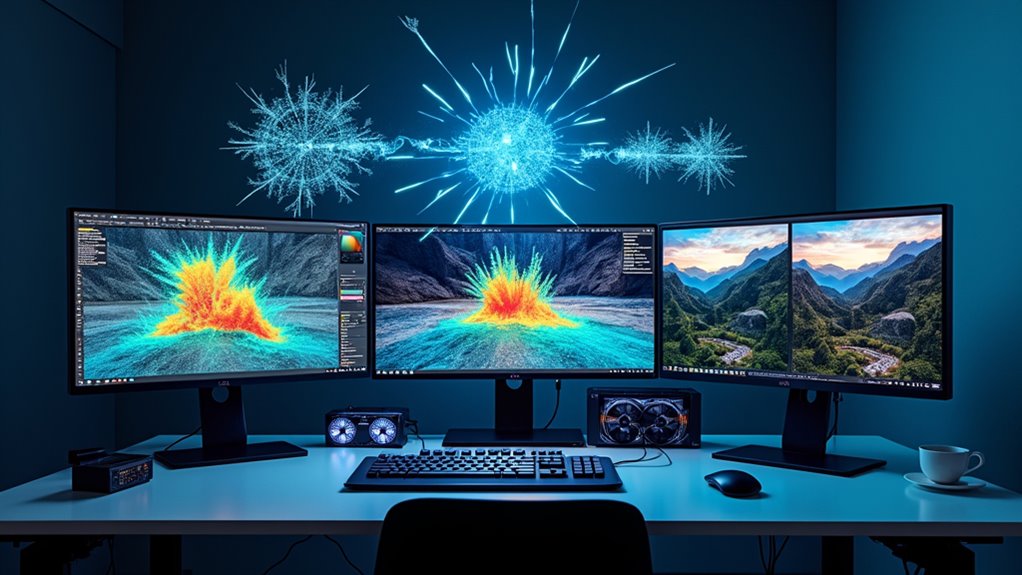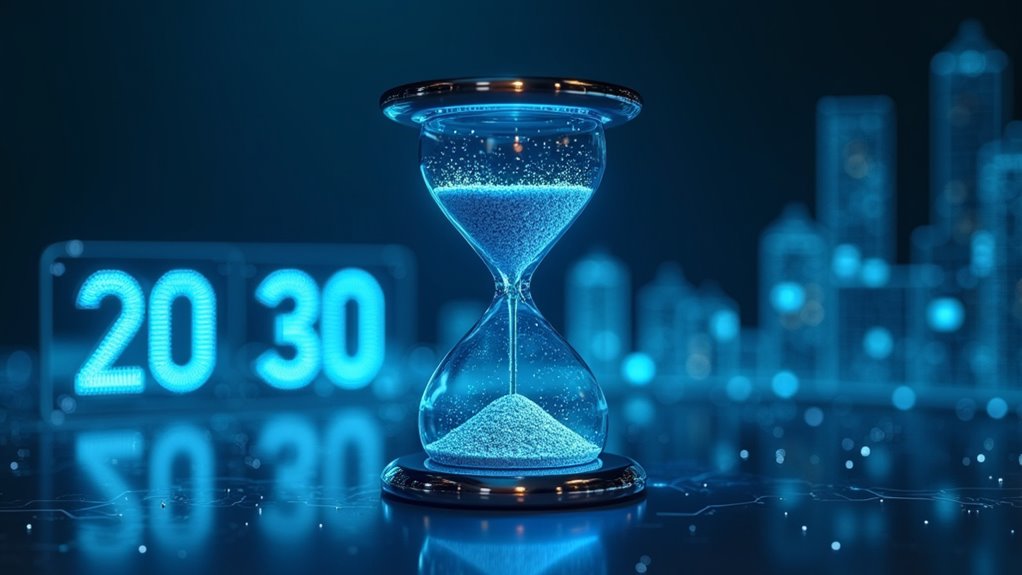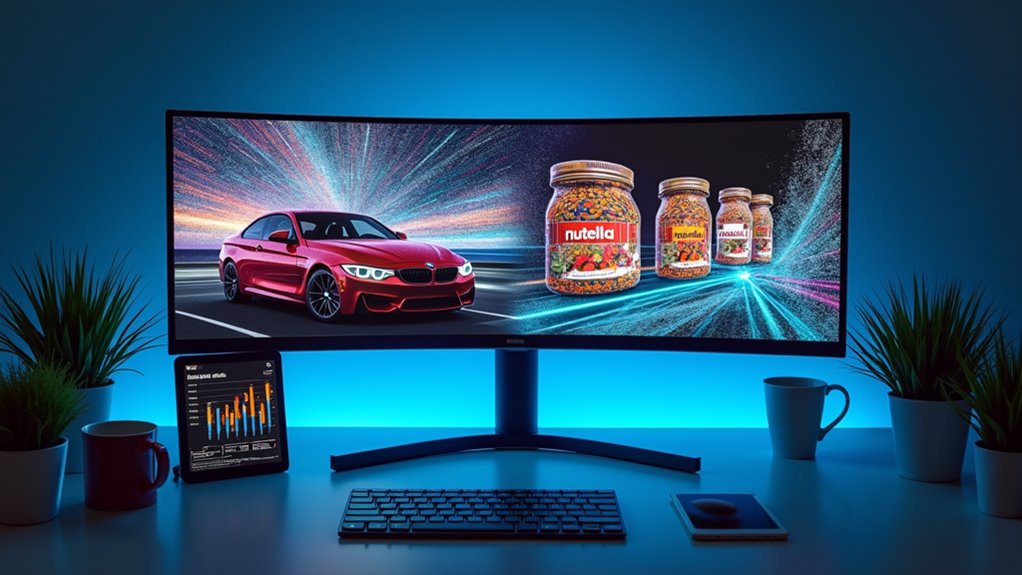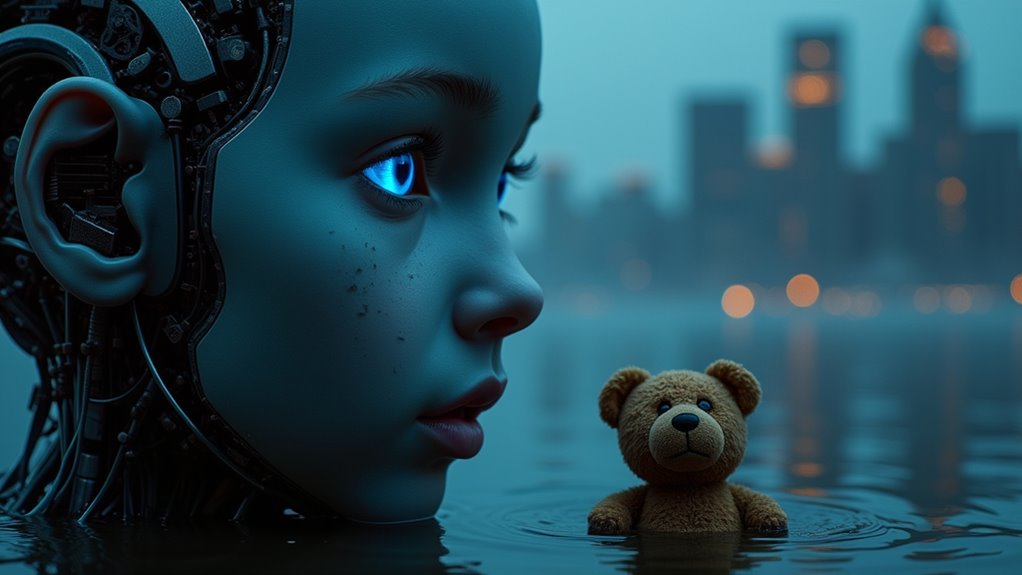AI image analysis tools have evolved dramatically, with major players offering standout features. Amazon Rekognition delivers real-time video analysis, while Google Cloud Vision AI excels at landmark identification. Need custom solutions? TensorFlow and PyTorch have your back. These systems can process thousands of images in seconds, identifying objects, scenes, and even emotions with minimal human input. Just remember the ethical concerns—privacy isn’t something to sacrifice for convenience. Discover which platform might transform your visual data challenges.
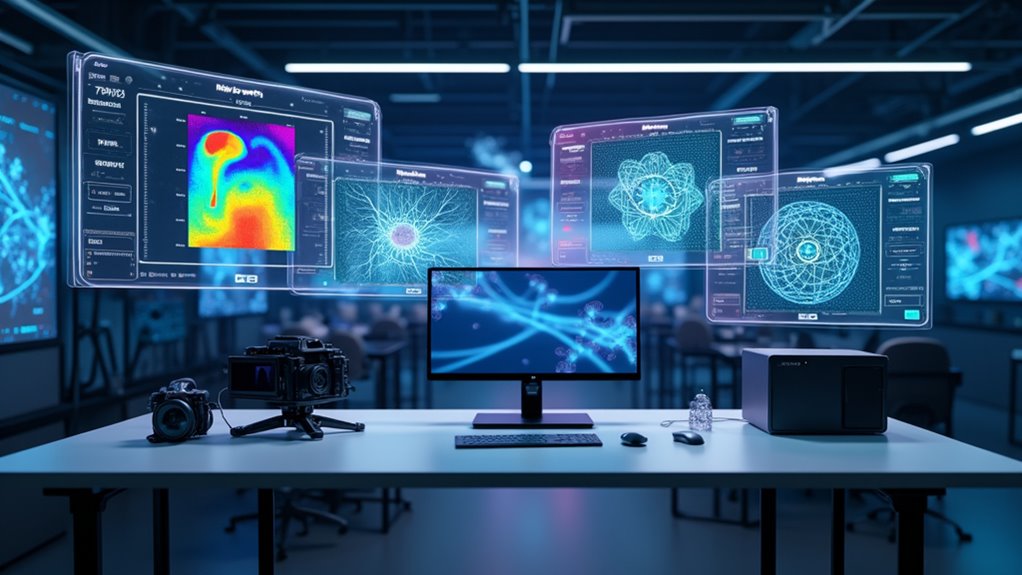
The digital battlefield of image analysis has transformed drastically with artificial intelligence leading the charge. Major tech giants have developed sophisticated platforms that revolutionize how we process visual data. Amazon Rekognition offers real-time video analysis while Google Cloud Vision AI excels at landmark identification—both representing significant facial recognition advancements that weren’t possible just years ago.
These tools employ complex image classification techniques to categorize visual content with astounding accuracy. You’ll find these systems can identify objects, scenes, and even emotions in photographs with minimal human intervention. Many of these solutions provide scalability features to handle increasing volumes of image data as businesses grow. Edge computing technologies enable real-time processing directly on devices, reducing latency for time-sensitive applications.
Modern AI classification systems decode images with remarkable precision, revealing everything from objects to emotions without human effort.
Want to build your own image analysis solution? Seek no further than open-source frameworks like TensorFlow and PyTorch. These platforms give developers the building blocks to create custom models without starting from scratch. Keras simplifies the process even further with its high-level API, making deep learning accessible to coding novices.
OpenCV remains the go-to toolkit for those needing specific image processing capabilities—it’s been around for years, but don’t mistake age for obsolescence!
The applications span virtually every industry. Healthcare professionals use specialized tools to analyze medical imagery, potentially spotting conditions before they become visible to human eyes. Retail businesses deploy these technologies for inventory management, while security firms enhance surveillance systems with real-time object detection. The widespread use of these tools on social media platforms raises significant concerns about ethical biases in AI algorithms that can perpetuate discrimination.
Manufacturing companies? They’re using Microsoft Azure Computer Vision to catch product defects that would otherwise slip through quality control.
What makes these tools truly powerful are their core features. Object detection identifies items within images. Custom model training lets you teach the AI what matters for your specific needs. Content moderation filters inappropriate material automatically.
The combination of these capabilities creates systems that can process thousands of images in seconds—work that would take humans days or weeks to complete.
As these technologies evolve, ethical considerations around privacy and transparency become increasingly important. The tools may be impressive, but remember: with great analytical power comes great responsibility.
Frequently Asked Questions
How Much Do AI Image Analysis Tools Typically Cost?
AI image analysis tools typically operate on subscription models with various pricing tiers.
Basic services start around $30 monthly, while per-image processing can cost $0.001 each. Custom solutions? Brace yourself—they’ll set you back $80,000 to $100,000+.
Most providers offer volume discounts (thank goodness), and free trials let you test before committing.
Smart shoppers mix services for cost efficiency, while enterprise users can negotiate tailored plans that won’t break the bank.
Can AI Image Analysis Work With Low-Resolution Images?
AI can indeed work with low-resolution images, though it faces significant challenges. When pixels are limited, algorithms struggle to identify subtle details.
Image enhancement techniques like super-resolution and deep learning-based upscaling can help overcome these low resolution challenges by intelligently filling in missing information. The effectiveness varies by use case—while general object detection works at lower resolutions, medical diagnostics or facial recognition demand higher quality.
For best results, start with the highest resolution available.
Is Specialized Hardware Required for AI Image Analysis?
While specialized hardware isn’t strictly required for AI image analysis, it certainly makes a difference.
Specialized processors like GPUs provide significant acceleration that standard computers simply can’t match. Basic analysis can run on consumer hardware, but expect painfully slow processing times.
For serious work, GPU acceleration isn’t just nice-to-have—it’s practically essential.
Think of it this way: you could technically cut down a forest with a pocket knife, but wouldn’t a chainsaw make more sense?
How Accurate Are AI Image Recognition Systems Across Different Contexts?
AI image recognition systems vary dramatically in accuracy depending on contextual accuracy challenges. They excel with well-defined objects in controlled environments but struggle with poor lighting or unusual angles.
Dataset diversity is critical—systems trained on limited data often fail with underrepresented categories or cultural contexts. While some systems boast 97%+ accuracy in lab conditions, real-world performance typically drops 15-20%.
The technology keeps improving, but context remains the ultimate accuracy determiner.
What Privacy Concerns Exist With Cloud-Based AI Image Analysis?
Cloud-based AI image analysis raises serious privacy concerns.
Data security remains a major risk, as personal images get stored on remote servers where breaches happen (and they do, frequently).
User consent often gets buried in those terms of service nobody reads.
Your vacation photos? They’re training someone’s algorithm.
Your family portraits? Potentially accessible to unauthorized parties.
Companies claim encryption protects you, but remember this truth: if your data leaves your device, you’ve lost complete control over it.
